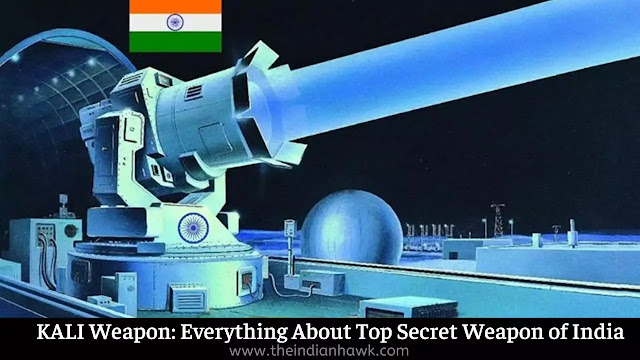Why the India’s Radar Upgrade is New Eyes in the Sky Signal a Bigger Shift in Warfare
New Delhi | India is upgrading its air defence with Low Level Light Weight Radars (LLLWR) and ADFCR Drone Detectors. Here’s why these radars matter, how they fit into Mission Sudarshan Chakra, and what it means for the future of drone warfare.
Why India Is Investing in New Air Defence Radars
The Indian Army’s procurement of 45 Low Level Light Weight Radars (Enhanced), 48 Air Defence Fire Control Radar-Drone Detectors (ADFCR-DD), and 10 upgraded systems may look like routine defence shopping. But in reality, it signals a strategic shift towards countering drones and low-altitude aerial threats—the new frontier of modern warfare.
In May’s Operation Sindoor, hundreds of Pakistani drones attempted to infiltrate Indian airspace and also planned to attack golden temple. Some were decoys, others surveillance drones. The incident highlighted a glaring vulnerability: India’s existing radar systems were not fully equipped to deal with swarms of low-cost, low radar cross-section (RCS) drones.
The Drone Era: How the Battlefield Has Changed
Modern warfare is no longer about dogfights between fighter jets alone. Across conflicts in Ukraine, the Middle East, and South Asia, drones have redefined strategy.
- Cheap but deadly: Small drones cost a fraction of fighter jets but can inflict serious damage.
- Swarm tactics: Dozens of drones can overwhelm air defences, distracting them while attack drones slip through.
- Stealth by design: Low-altitude drones with tiny radar signatures can escape traditional surveillance radars.
This explains why India’s radar purchases focus on systems that can see the unseen—the hardest-to-detect flying objects.
What Makes These New Radars Different
India’s latest radar procurement isn’t about size or range—it’s about precision in complexity.
- Low Level Light Weight Radars (LLLWRs): Designed to detect low-flying threats, including swarms, in cluttered airspace.
- Air Defence Fire Control Radars with Drone Detection (ADFCR-DD): Capable of detecting, classifying, and locking onto even the smallest drones, then guiding weapons to neutralize them.
- Integrated Capability: These radars feed data into existing anti-aircraft guns and missile systems, ensuring faster reaction time.
👉 In essence, India is buying time—the most valuable asset in defending against drone attacks.
Mission Sudarshan Chakra: Building a Layered Air Defence Shield
This radar upgrade is part of Mission Sudarshan Chakra, India’s ambitious effort to create a comprehensive air defence network across its northern and western borders.
- Army’s Akashteer System: A real-time network that integrates radars, anti-aircraft guns, and communication systems for coordinated defence.
- IAF’s Integrated Air Command and Control System (IACCS): A digital backbone that fuses radar data to track, intercept, and destroy aerial threats.
- DRDO’s Integrated Air Defence Weapon System (IADWS): Currently in testing, this will further automate detection-to-destruction cycles.
Together, these systems represent India’s attempt to build a digital dome of protection against both conventional aircraft and unconventional drone warfare.
Why This Matters for India’s Security
The radar upgrades reflect a shift from traditional to asymmetric threat preparedness.
- Against Pakistan: With limited resources, Pakistan leverages drones and swarm tactics instead of costly fighter jet incursions.
- Against China: Along the northern borders, drone surveillance is already a factor in skirmishes.
- Globally: India’s radar strategy mirrors approaches taken by Israel and Ukraine, where drones have become central to modern conflicts.
By investing in radars capable of detecting low-RCS objects, India is ensuring its forces are not blindsided in the next confrontation.
The Future of India’s Air Defence: From Detection to Deterrence
Detection is step one. The real challenge is destroying drones cost-effectively. Shooting down a $1,000 drone with a multi-million-dollar missile is unsustainable. That’s why the next phase must involve:
- Directed-energy weapons (lasers): Low-cost, scalable interception.
- Electronic warfare systems: Jamming or hijacking drone signals.
- Drone-on-drone combat: Using autonomous drones to counter enemy drones.
Still, by enhancing radar coverage today, India lays the foundation for tomorrow’s integrated counter-drone ecosystem.
Key Takeaway
India’s procurement of new radars is not just a technical upgrade—it’s a strategic statement. The message is clear: India recognizes that future wars will be decided by who sees first and reacts fastest, especially in the drone era.
With sharper eyes in the sky, India is moving from reactive defence to proactive deterrence.


.png)

.jpg)







